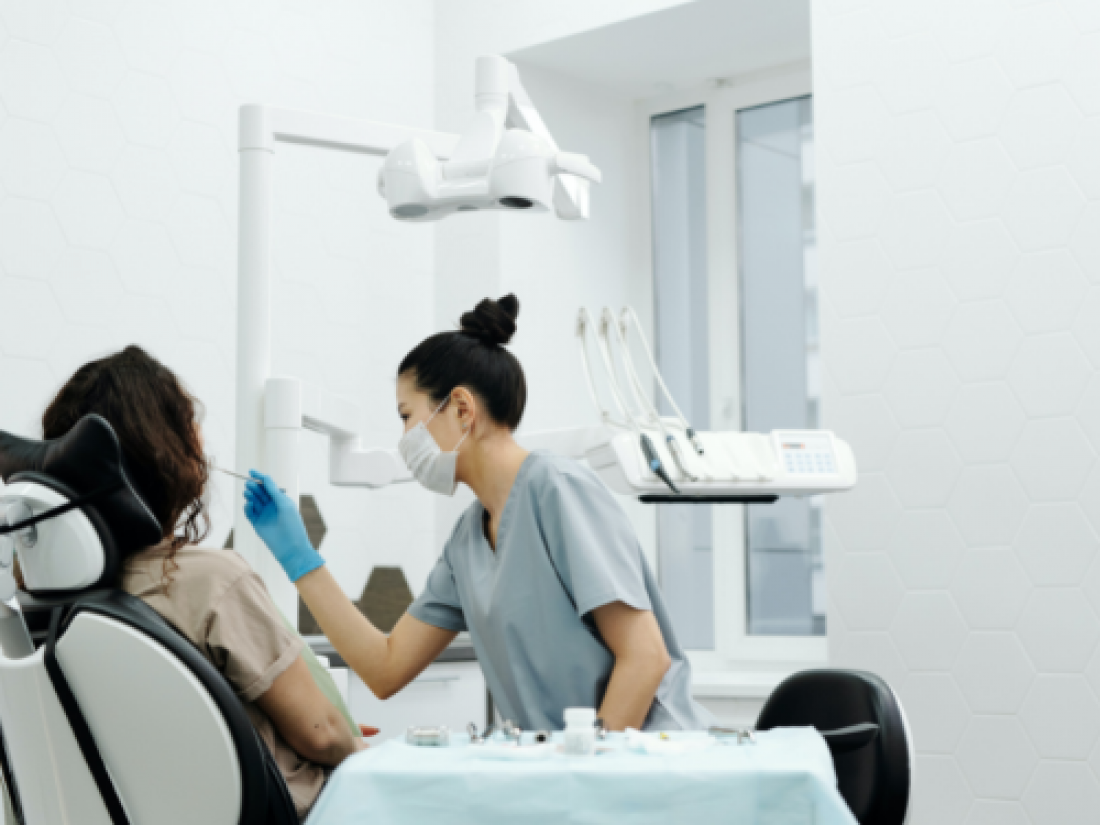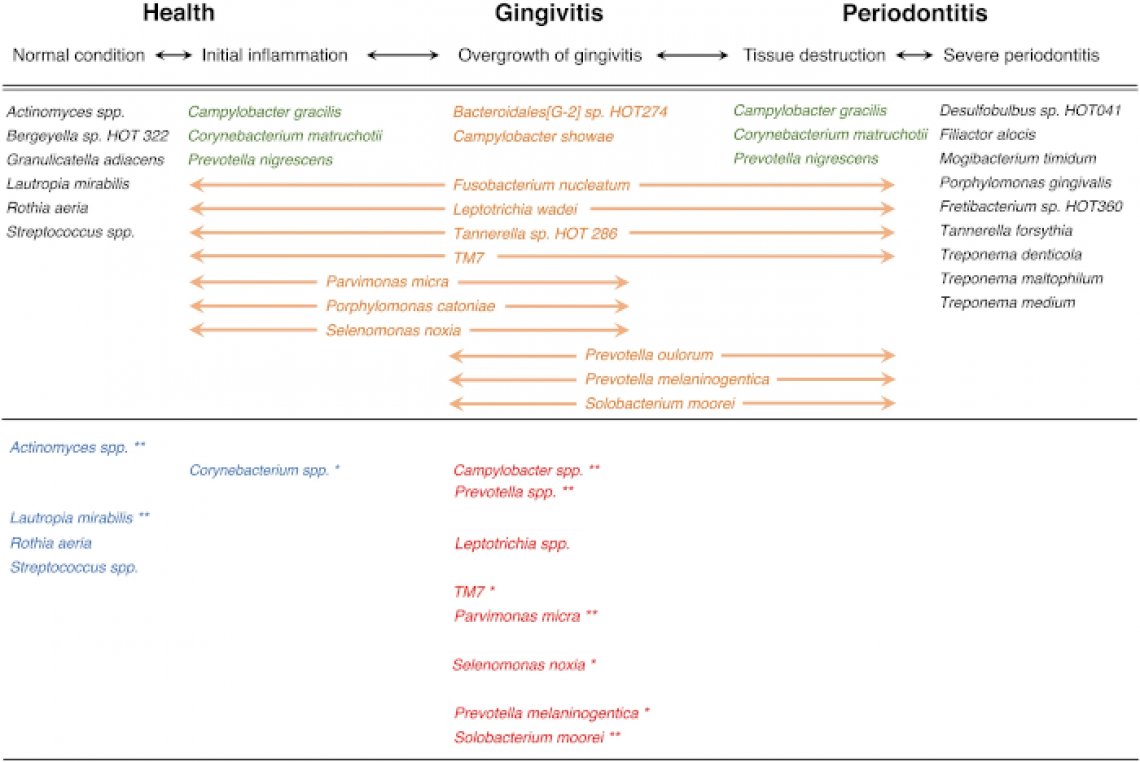A scientific study on the mouth’s microbial community found that patients who got braces had their good bacteria outnumbered by gum disease-causing ones.
A study that sequenced oral microbiome before, during, and after braces of Japanese patients revealed a transformed bacterial community akin to mouths at a pre-gum disease state.
“People who had undergone orthodontic treatments could get a healthy oral environment and beautiful mouth,” said study co-author Isamu Kado from the Department of Orthodontics and Craniofacial Developmental Biology of Hiroshima University’s Graduate School of Biochemical and Health Sciences.
But he added that these treatments could also be associated with bacteria-related problems.
Our mouth is the second most diverse microbiome in the human body, harboring over 700 bacterial species. And having braces on could make cleaning difficult and induce plaque accumulation.
Previous studies have linked braces to imbalances in the oral microbiome. These studies, however, focused on specific harmful species like the tooth decay-causing Streptococcus mutans and not the bacterial community as a whole.
Kado and his colleagues cataloged the whole bacterial population present in the mouths of 71 patients by running supragingival plaque and saliva samples through Next Generation Sequencing (NGS) technology. They monitored microbiome changes before the braces were put on, six months after the placement, and post-removal.
They found a spike in the number of harmful anaerobic bacteria and a drop in the friendly ones comparable to oral environments at risk of gum disease.
“In our study, the oral microbiome definitely changed during orthodontic treatment. The shift represented an increase of anaerobes, a bacterium that does not require oxygen for growth, and a decrease in commensal bacteria,” Kado explained.
“This oral condition was similar to the microbiome of the transitional stage from healthy gingiva to periodontitis.”
A comparison of previous findings on the gingival microbiome transition between health to periodontitis.
The researchers said their findings, published in Scientific Reports last December 2020, could support their goal of establishing a prevention system that would avert tooth decay and gingivitis from happening during orthodontic treatments.
“To achieve this goal, it is necessary to clarify the difference in dental caries risk between patients. If this can be achieved, the quality of orthodontic treatment will be further improved,” Kado said.
Other co-authors in the study include Junzo Hisatsune, Keiko Tsuruda, and Motoyuki Sugai from HU's Department of Antimicrobial Resistance and HU Professor Kotaro Tanimoto also from the Graduate School of Biomedical and Health Sciences.
###
About Hiroshima University
Since its foundation in 1949, Hiroshima University has striven to become one of the most prominent and comprehensive universities in Japan for the promotion and development of scholarship and education. Consisting of 12 schools for undergraduate level and 4 graduate schools, ranging from natural sciences to humanities and social sciences, the university has grown into one of the most distinguished comprehensive research universities in Japan. English website: https://www.hiroshima-u.ac.jp/en




